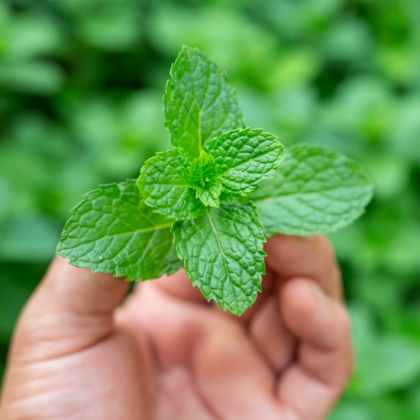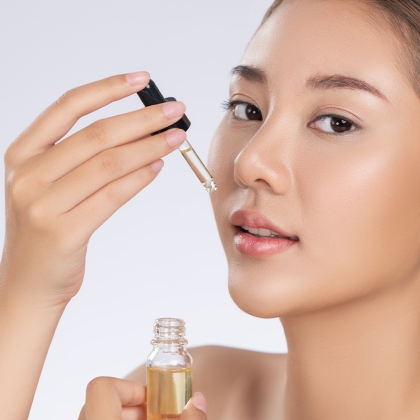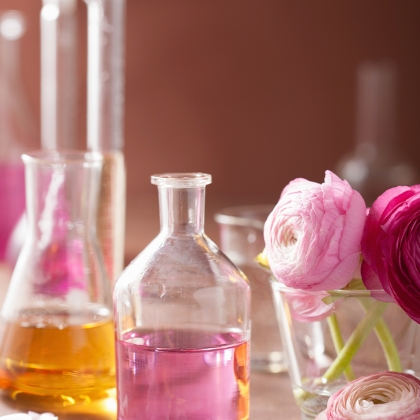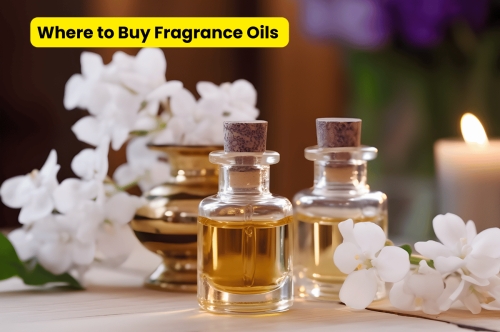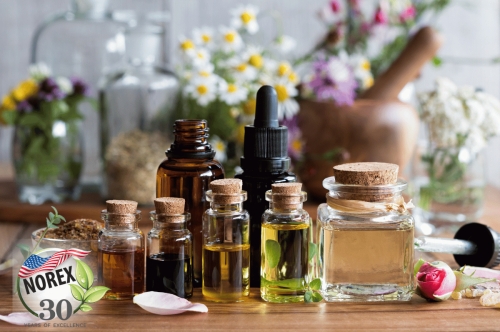How to Identify Pure Essential Oils: A Complete Guide

Essential oils have gained immense popularity due to their aromatherapy benefits, skincare applications, and therapeutic properties. However, with the increasing demand, the market is flooded with synthetic and adulterated oils. To ensure you’re using high-quality, pure essential oils, it’s crucial to know how to identify authenticity.
In this guide, Norex—a trusted name in flavors, fragrances, and essential oils—walks you through key factors to determine if your essential oil is truly pure.
Why Is Essential Oil Purity Important?
Using impure or synthetic essential oils can be ineffective and, in some cases, harmful. Low-quality or diluted oils may contain:
- Artificial fragrances that can trigger allergies
- Chemical additives that reduce therapeutic benefits
- Toxic substances that may cause skin irritation
A Growing Concern
According to a study published by the National Center for Biotechnology Information (NCBI), 80% of essential oils on the market contain adulterants like solvents and synthetic compounds. Ensuring purity is essential for health and safety.
7 Ways to Identify Pure Essential Oils
1. Check the Label & Botanical Name
A pure essential oil should have detailed labeling, including:
✅ Botanical name (e.g., Lavandula angustifolia for lavender)
✅ Extraction method (steam distillation, cold-pressed, etc.)
✅ Country of origin (location matters for quality)
✅ No added ingredients (should list only the essential oil)
2. Perform the Paper Test
A simple way to test purity:
-
Place a drop of oil on white paper.
-
Let it dry for 15 minutes.
-
If a greasy stain remains, the oil is likely diluted with carrier oils.
⚠ Exception: Some thicker oils, like sandalwood and patchouli, may leave slight residue.
3. Conduct a Smell Test
-
Pure essential oils have a rich, natural aroma that evolves over time.
-
Synthetic oils smell too strong, too sweet, or one-dimensional.
Example: Pure peppermint oil should smell fresh and herbal, not like candy.
4. Look for Third-Party Certifications
Trusted essential oil manufacturers provide quality certifications, such as:
✔ ISO 9001 – Quality Management Certification
✔ USDA Organic – Ensures natural and pesticide-free production
✔ GC/MS Testing – Confirms purity through gas chromatography
4. Look for Third-Party Certifications
Trusted essential oil manufacturers provide quality certifications, such as:
✔ ISO 9001 – Quality Management Certification
✔ USDA Organic – Ensures natural and pesticide-free production
✔ GC/MS Testing – Confirms purity through gas chromatography
5. Verify Packaging & Storage
Authentic essential oils should be in:
-
Dark amber or cobalt glass bottles (not plastic)
-
Airtight caps to prevent oxidation
-
Clear labeling with a batch number for traceability
6. Check for Price Consistency
-
Pure essential oils are expensive due to extraction costs.
-
If a 50ml bottle of rose essential oil is priced at $5, it's likely fake.
7. Confirm the Solubility in Water
-
Pure essential oils do not dissolve in water; they float on top.
-
Adulterated oils may mix easily due to added solvents.
Where to Buy Pure Essential Oils?
To ensure you're getting authentic essential oils, always buy from trusted suppliers like:
-
Norex Flavours – Known for high-quality essential oils, fragrances, and flavors.
-
National Association for Holistic Aromatherapy (NAHA) – Provides certified suppliers.
-
USDA Organic Database – Find certified organic oil suppliers.
Final Thoughts
Choosing pure essential oils is crucial for safety, effectiveness, and therapeutic benefits. Follow these simple checks—labeling, paper tests, smell tests, and certifications—to ensure you're using 100% natural oils.
For premium-quality essential oils, fragrances, and flavors, trust Norex, a leader in the industry since 1994.


